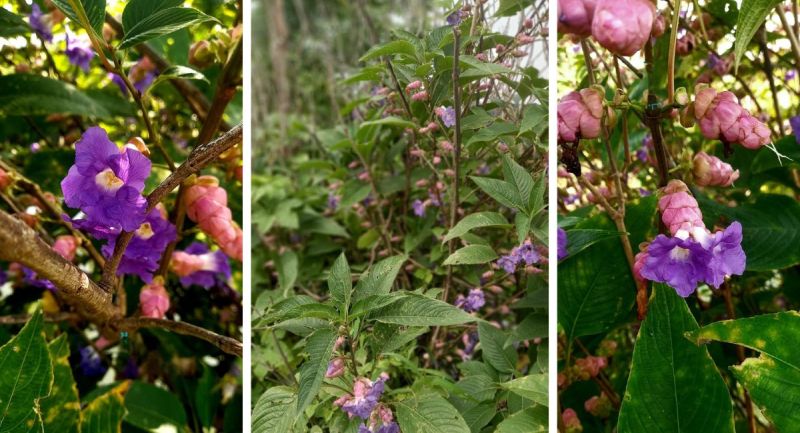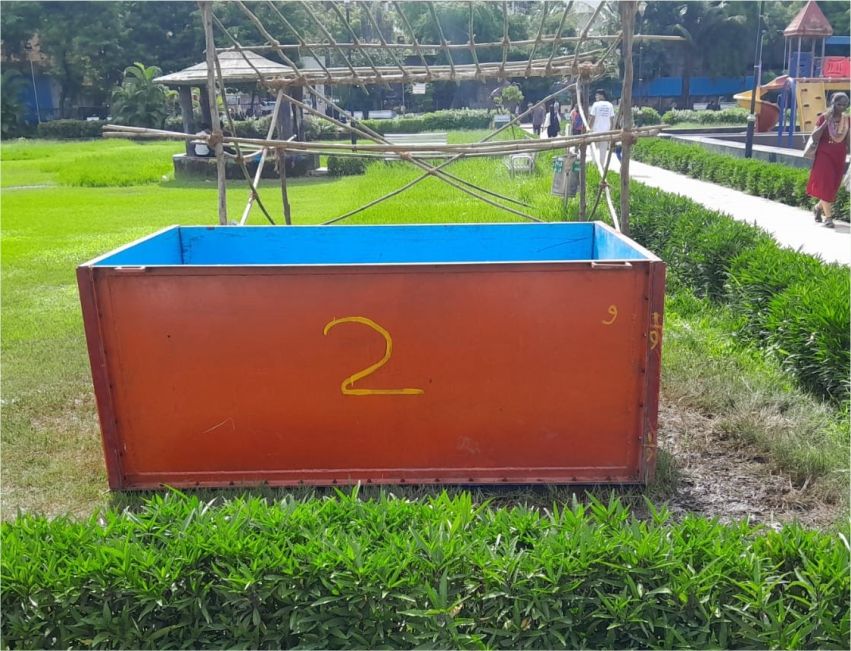Kharghar hills dazzle with rare Karvi bloom

- Indrani Basu
- 20 Sep, 2024
Navi Mumbai: Residents are revelling in the rare beauty of the ‘Karvi’ flower, which has begun blooming at Kharghar Hills. This unique flower, known for its striking purple-bluish hue, blossoms once every eight years, making it a much-anticipated event. The last bloom occurred in 2016, and now, in 2024, the hills are adorned with this special flower.
Karvi can also be found in Goregaon Film City and Sanjay Gandhi National Park, but Kharghar remains a prominent site for viewing this rare phenomenon. During September and October, the small purple flowers create a breathtaking carpet across the shrubs, transforming the landscape.
The Karvi, scientifically known as Strobilanthes callosa, is a large shrub that can reach heights of 6 to 20 feet and features leaves that support various insects, including caterpillars and snails. It thrives in the moist, misty climate of the Western Ghats and belongs to the Acanthaceae family. Of the 350 genera, 46 are found in India, with blooming periods ranging from one year to 16 years. After its brief blooming period, the flowers fade, and seeds are dispersed through a process called masting, which promotes new growth.
Nature activist Jyoti Nadkarni, a resident near Kharghar Hill, highlighted the ecological significance of the Karvi flower. "It has various medicinal properties and is often used by Adivasis for its anti-inflammatory and anti-microbial benefits. The honey produced during its mass flowering is in high demand, known as Karvi Honey for its thick and dark quality," she noted.
Nadkarni, who has dedicated years to protecting Kharghar Hill from fires and other threats, expressed concern over the ongoing encroachments that harm the natural habitat. "I appeal to the state government and local administration to preserve these invaluable ecosystems. Protecting these hills will ensure that future generations can enjoy nature in their own backyards."
She praised the efforts of the Forest Department in supporting her mission since 2016, which has helped combat illegal mining and seasonal burning that threaten the area. "Not only have the rare Karvi, but many other wildflower species, including Ceropegia and sundew plants, needed more protection," she added, hoping for continued support to preserve this rich biodiversity.




